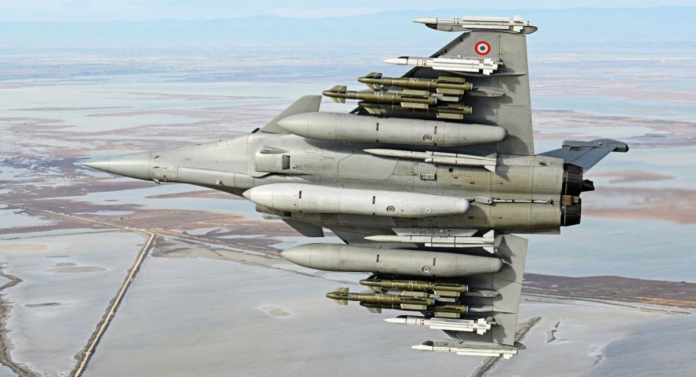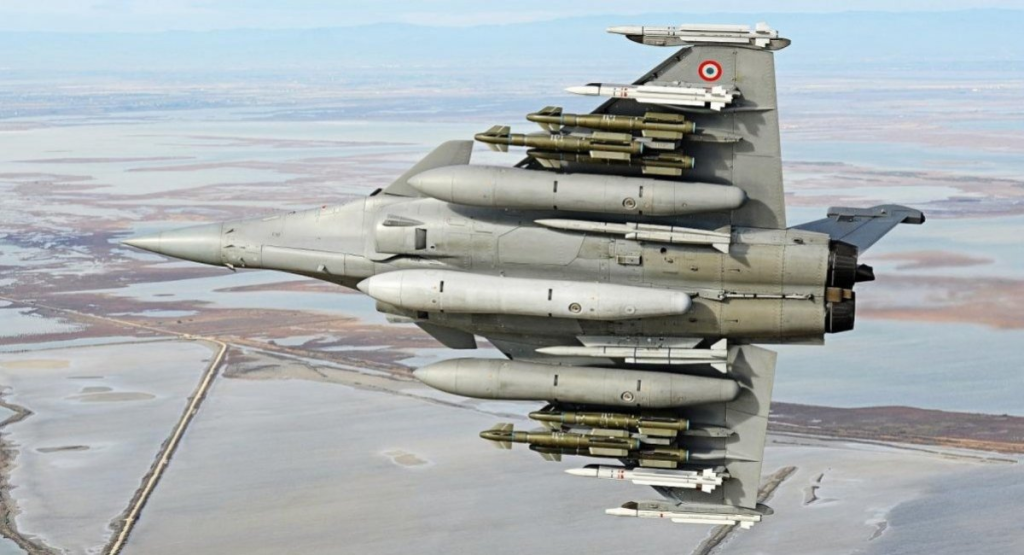
This is what you get when you don’t get it the first time the Cossacks have to come and repeat the dialogue, Soniashnyk Telegram channel, which is linked to the Ukrainian Air Force, joked after a MiG-29 bombing destroyed a Russian FSB facility in Belgorod. The bravado-laden comment highlights a deep transformation unfolding on the Ukrainian frontline: the swift integration and deployment of French AASM Hammer precision-guided bombs, now at the center of Ukraine’s new airstrike strategy.
Within a year, these modular rocket-assisted bombs have gone from French production lines to the battlefront, upending the operational math for both Ukrainian pilots and Russian targets. From drone bases in Kherson to shielded command centers in Kursk, the Hammer’s arrival is not merely a technical addition, but a revolution in how old Soviet planes fight new war. The following is an in-depth examination of the most intriguing developments around the Hammer’s influence, incorporation, and prospects in Ukraine’s military.
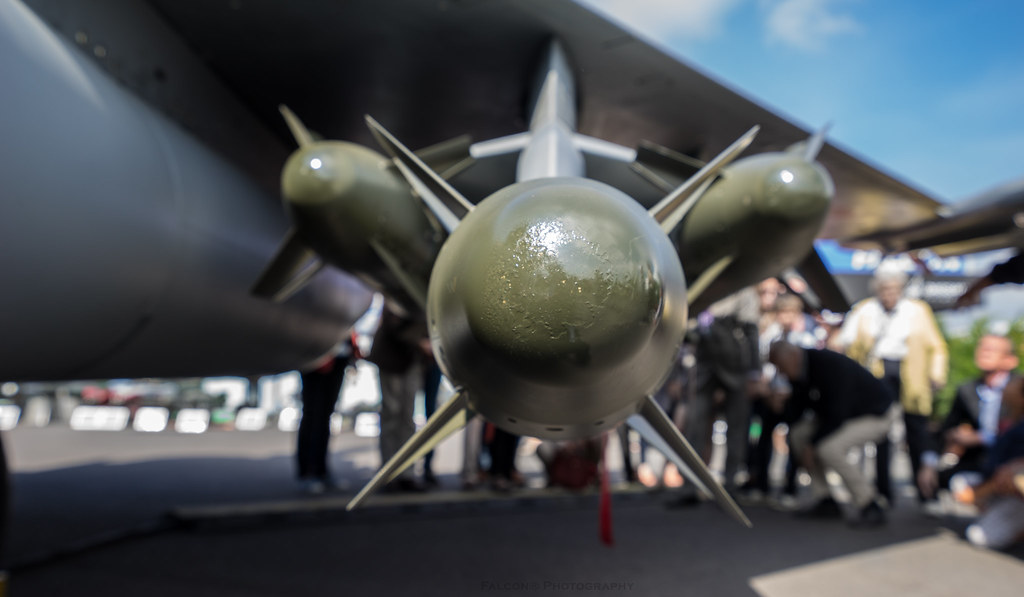
1. The Hammer’s Debut: Penetrating Deep Into Russian Lines
The initial known deployment of French AASM Hammer bombs by Ukrainian troops escalated the fighting to a new level. On June 7, precision strikes were delivered on a Russian drone operations center by MiG-29 jets, with the destruction captured in dramatic detail by drone footage. This was not unique; such strikes have hit Russian military and intelligence centers, including a high-profile attack on an FSB base in Belgorod, which Newsweek called the first known attack on a facility of that nature. The Soniashnyk Telegram channel broke the moment, reporting, “Aviation is still working in all directions, MiG-29s annihilate enemy forces, including FSB officers.”
Ukraine’s willingness to hit deep into Russian-occupied areas and even across the border evinces a new range of operational reach, facilitated by the Hammer’s stand-off capability.
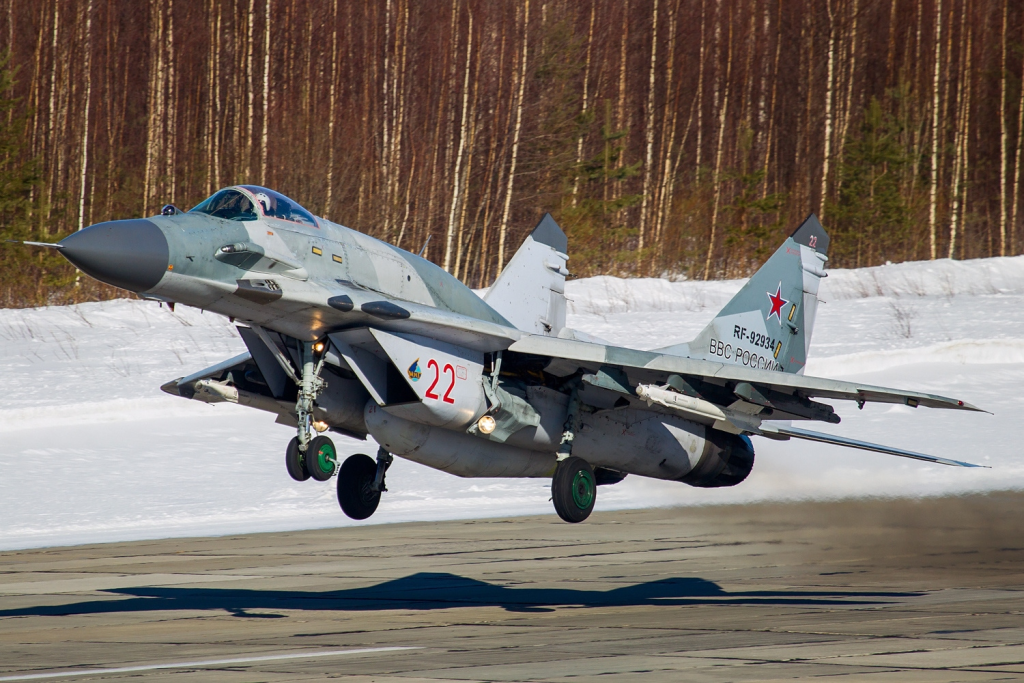
2. Converting Soviet Airframes for Western Precision
The greatest technical achievement may have been the quick integration of the AASM Hammer into Ukraine’s old fleet of Soviet-designed fighter jets. Safran, the maker of the bomb, integrated it for MiG-29s and Su-25s within four months, an effort Defense Blog comments required new pylons and avionics interfaces. According to Safran, the upgrade now enables Ukraine to “engage targets with excellent precision,” even against Russian electronic warfare.
Visual proof of Su-25s carrying Hammers emerged in early 2025, as it is now certain that all of Ukraine’s Soviet-era strike force is being upgraded to carry Western smart bombs. The same pylon configuration is now employed for JDAM-ER and SDB bombs, establishing a standard for future integrations.
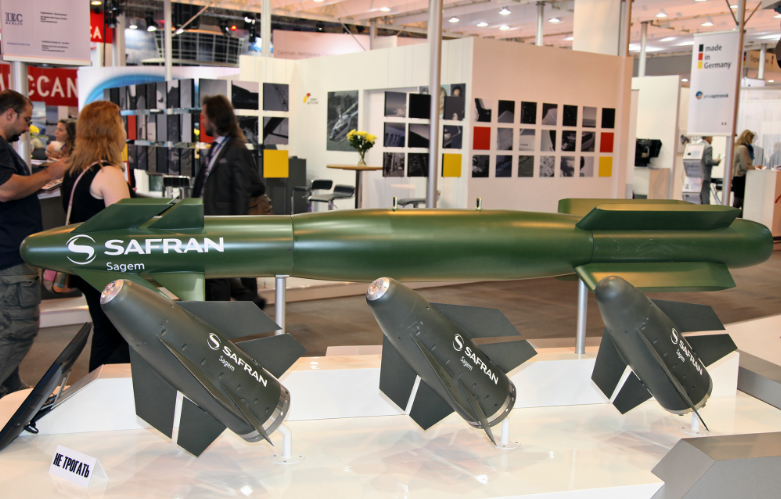
3. Rocket-Boosted Range: Tactical Flexibility and Pilot Safety
In contrast to American JDAMs or Russian GABs, however, the AASM Hammer does have a solid-fuel rocket motor, which gives it a stand-off range of up to 70 kilometers even from low altitude, as described by The War Zone. This allows Ukrainian pilots to attack targets without risking exposure to front-line air defenses, a significant benefit since Russian anti-aircraft defenses are still powerful.
Video from the 299th Tactical Aviation Brigade demonstrates Su-25s conducting low-altitude pop-up, lofting Hammer bombs after, minimizing risk while maximizing range. According to The Aviationist, this flexibility is critical in order to maintain high-tempo operations when other munitions’ stockpiles run low.

4. Precision and Multi-Mode Guidance: Penetrating Electronic Warfare
The Hammer’s guidance set is a combination of GPS, inertial, and laser or infrared targeting as an option. This multi-mode is particularly significant in Ukraine, where Russian jamming of GPS has reduced the performance of other Western weapons. Franck Saudo, Safran Electronics and Defense president, explained to Le Parisien that the AASM’s GPS-free navigation is “absolutely critical in Ukraine.
Safran’s modular kit can be configured to suit varying mission profiles, with variants optimized for fixed targets or targets in motion. This adaptability has enabled Ukrainian pilots to conduct scripted, multi-level precision attacks on multiple targets in one sortie, as chronicled in detailed accounts of missions.
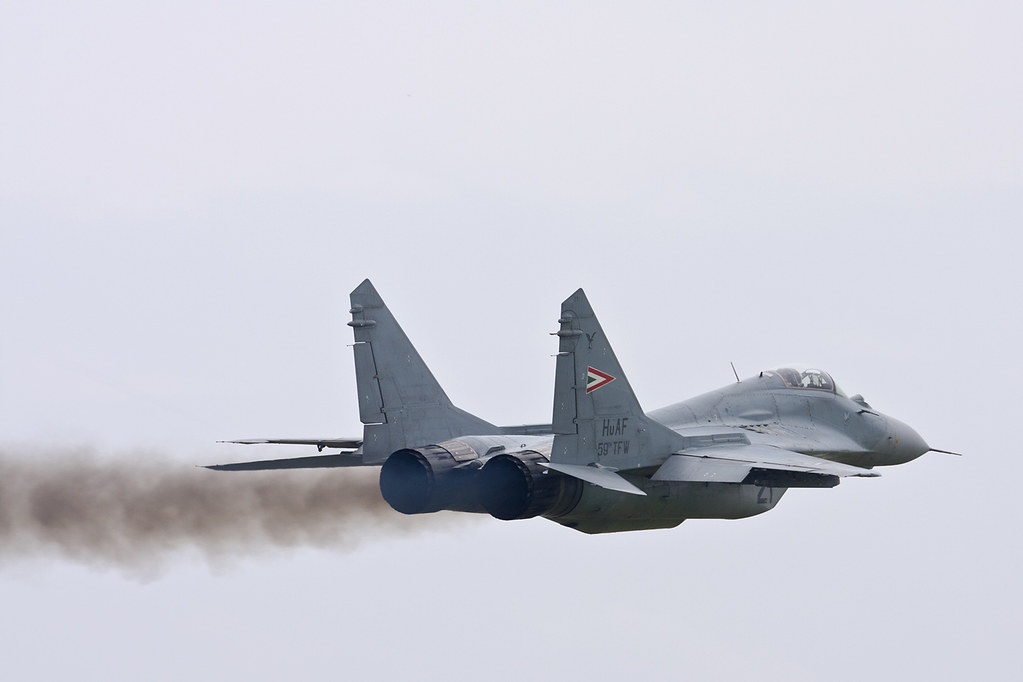
5. Operational Impact: Interfering with Russian Drone and Command Networks
Hammer strikes have targeted Russian drone command centers, hubs, and ammunition storage facilities systematically. In Kherson, reconnaissance drones located a building that housed Russian drone pilots, which was subsequently destroyed by a Hammer launched from a MiG-29. The same techniques have been utilized in Zaporizhia and Kursk, with open-source intelligence channels geolocating the damage.
Over 900 incidents involving drones took place in Kherson alone within a week, the Ukrainian military spokesman Pavlo Drohal reported, demonstrating the extent of the drone war. The precision capability to take out such nodes with airstrikes is now a pillar of Ukraine’s counter-drone efforts.

6. Production Surge: France’s Commitment to Ukrainian Firepower
The magnitude of French support is impressive. France manufactured 830 AASM Hammer bombs in 2024 and intends to ship 1,200 in 2025 a virtual 40% boost, Le Parisien reports. French Defense Minister Sébastien Lecornu has confirmed that it shipped 50 bombs monthly, with Safran increasing production to 90 kits per month to keep up with demand.
This influx guarantees a consistent flow for Ukraine’s air force, allowing for more frequent and diverse attacks. The upscaling also demonstrates the increasing strategic cooperation between Paris and Kyiv, since Ukraine’s deep attacks have been reported to have cost Russia over $10 billion in 2025 alone, according to Ukrainian defense sources.
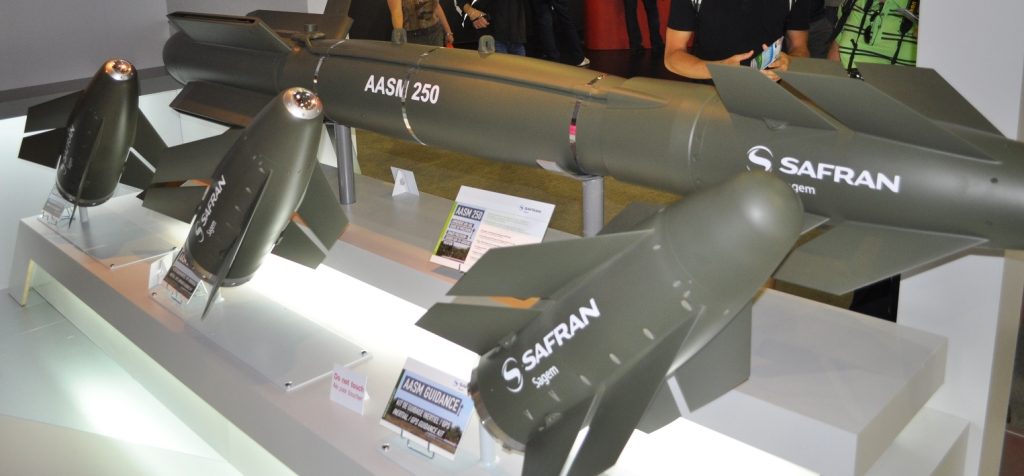
7. The Hammer’s Modular Design: Flexibility for Multiple Platforms
The AASM Hammer is not a one-of-a-kind bomb, but a series of guidance and propulsion kits compatible with bomb bodies ranging from 125 kg to 1,000 kg. This modularity enables it to be modified to suit various mission requirements be it deep-strike strikes or close air support.
France’s continued evolution, such as the 1,000 kg version’s certification in 2022, indicates a busy production line and potential for even more destructive might. The Hammer’s compatibility with future F-16 and Mirage 2000 shipments guarantees additional integration with Western-standard platforms, as indicated by French sources in March 2024.
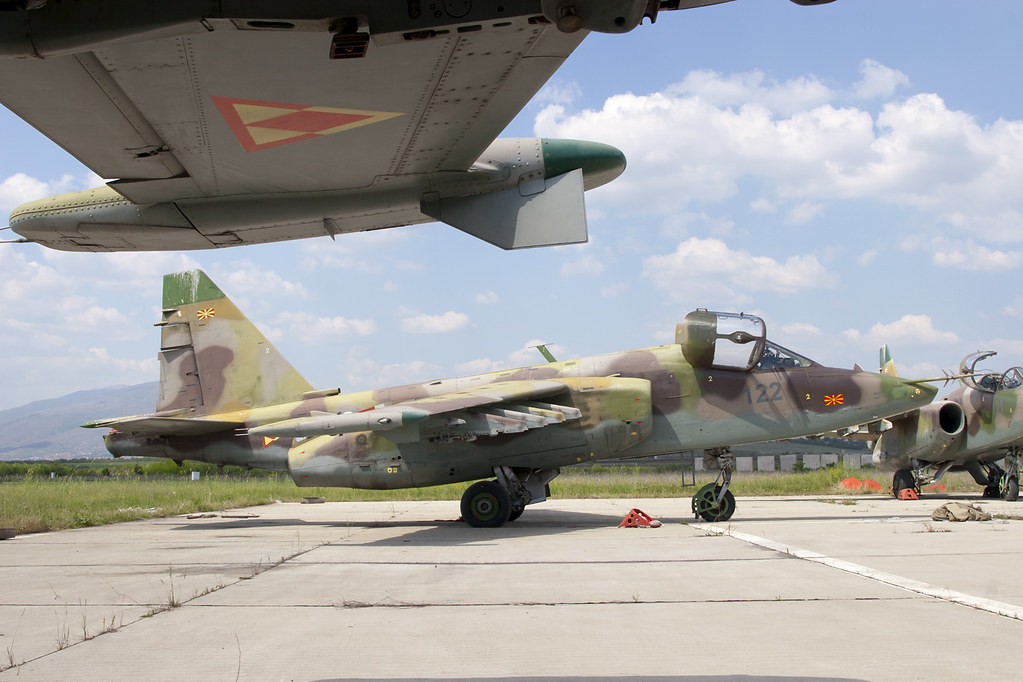
8. Domestic Innovation: Ukrainian Ingenuity Under Fire
Ukraine’s air force transformation has not been dependent on just foreign contracts. Ukrainian engineers have reverse-engineered wiring harnesses, recoded avionics, and incorporated foreign targeting pods—usually under blackout and under fire. As noted in detailed field reports, this creativity has converted vintage MiG-29s and Su-25s into multi-role strike platforms that can precision engage.
This self-improvised adaptation, a child of circumstance, has allowed Ukraine to preserve operational tempo and performance even as conventional ammunition stockpiles run low—a tribute both to technical expertise and combat ingenuity.
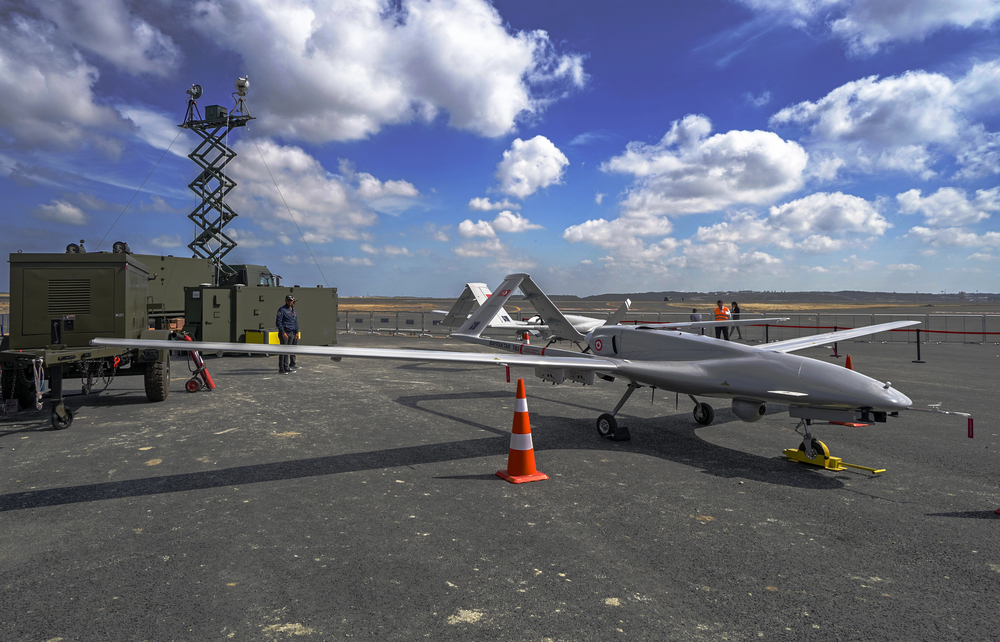
The introduction and incorporation of the French AASM Hammer bomb has brought a new era to Ukraine’s aerial campaign, combining Western precision with Soviet toughness. As production increases and integration grows across several platforms, the Hammer’s impact is destined to increase reshaping not just Ukraine’s tactical strategy, but also the larger dynamics of contemporary aerial warfare. For military technology watchers, the Hammer’s path from French assembly lines to Ukrainian sorties provides a fascinating case study in adaptation, alliance, and the never-ending pursuit of battlefield dominance.
